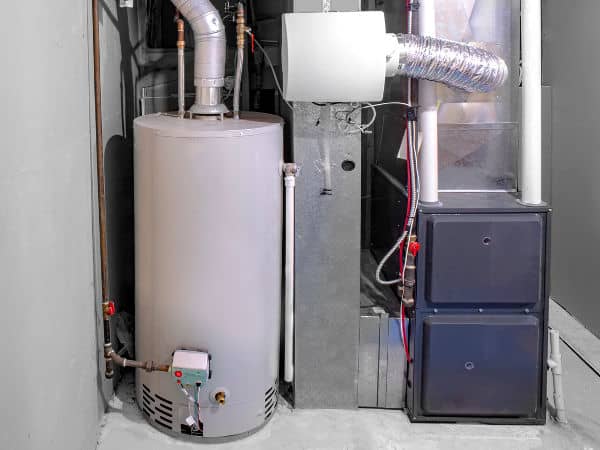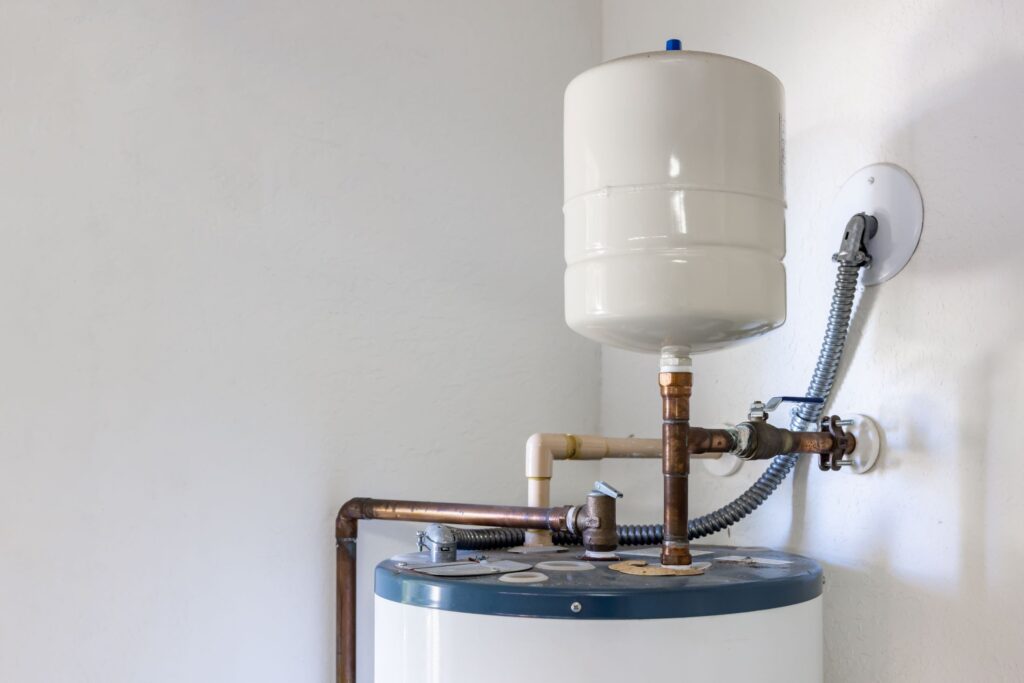Efficient Strategies for Maintaining Your Home's Hot Water SystemExpert Advice on Maintaining Your Home's Hot Water System
Efficient Strategies for Maintaining Your Home's Hot Water SystemExpert Advice on Maintaining Your Home's Hot Water System
Blog Article
Just about everyone seems to have his or her own rationale in relation to Tips For Maintaining Your Hot Water Heater.

Warm water is crucial for day-to-day comfort, whether it's for a refreshing shower or cleaning dishes. To ensure your hot water system runs effectively and lasts longer, routine upkeep is vital. This write-up provides practical ideas and understandings on just how to keep your home's warm water system to avoid disruptions and pricey fixings.
Intro
Keeping your home's warm water system may seem difficult, however with a few easy steps, you can ensure it operates efficiently for several years ahead. This overview covers every little thing from recognizing your warm water system to do it yourself maintenance tips and recognizing when to call specialist aid.
Relevance of Keeping Your Warm Water System
Routine maintenance not only extends the lifespan of your hot water system but also guarantees it operates efficiently. Disregarding maintenance can cause reduced efficiency, greater energy costs, and even premature failing of the system.
Indications Your Hot Water System Needs Upkeep
Recognizing when your hot water system requires attention can prevent major issues. Look out for indicators such as irregular water temperature, strange sounds from the heating unit, or rustic water.
Flushing the Hot Water Heater
Purging your water heater removes sediment build-up, enhancing effectiveness and prolonging its life.
Monitoring and Replacing Anode Rods
Anode poles avoid corrosion inside the container. Checking and changing them when worn is essential.
Complicated Issues Calling For Expert Aid
Examples consist of major leakages, electrical problems, or if your hot water heater is regularly underperforming.
Regular Professional Upkeep Advantages
Professional upkeep can include complete evaluations, tune-ups, and ensuring conformity with safety criteria.
Evaluating and Adjusting Temperature Level Settings
Readjusting the temperature setups guarantees optimum performance and security.
Do It Yourself Tips for Maintenance
You can execute several upkeep tasks on your own to keep your warm water system in leading condition.
Checking for Leakages
Routinely check pipes and links for leakages, as these can lead to water damage and greater costs.
Understanding Your Warm Water System
Prior to diving into upkeep tasks, it's valuable to recognize the fundamental parts of your hot water system. Normally, this includes the water heater itself, pipelines, anode rods, and temperature controls.
Month-to-month Upkeep Tasks
Normal monthly checks can help capture small issues before they rise.
Testing Pressure Alleviation Valves
Evaluating the stress safety valve ensures it works appropriately and prevents excessive pressure build-up.
Shielding Pipes
Protecting hot water pipes lowers warmth loss and can save energy.
When to Call an Expert
While do it yourself maintenance is valuable, some issues require expert know-how.
Final thought
Normal upkeep of your home's hot water system is important for effectiveness, durability, and price savings. By complying with these pointers and recognizing when to seek professional help, you can guarantee a reputable supply of hot water without unexpected disruptions.
How to Maintain an Instant Hot Water Heater
Before tinkering with your hot water heater, make sure that it’s not powered on. You also have to turn off the main circuit breaker and shut off the main gas line to prevent accidents. Also turn off the water valves connected to your unit to prevent water from flowing into and out of the appliance. 2. When you’re done, you have to detach the purge valves’ caps. These look like the letter “T” and are situated on either side of the water valves. Doing so will release any pressure that has accumulated inside the valves while at the same time avoid hot water from shooting out and burning your skin. 3. When the purge valves’ caps are removed, you have to connect your hosing lines to the valves. Your unit should have come with three hoses but if it didn’t, you can purchase these things from any hardware or home repair shops. You can also get them from retail stores that sell water heating systems. Read the user’s manual and follow it to complete this task properly. When the hosing lines are connected, open the purge port’s valves. 4. You should never use harsh chemical cleaners or solutions when cleaning your unit. Make use of white vinegar instead. It should be undiluted and you’ll probably use about 2 gallons. 5. Now flush your water heater. This task should probably take about 40 minutes. We can’t give you specific directions for this because the procedure is carried out depending on the type, model and brand of your heater. With that being said, refer to the user’s manual. 6. When you’re done draining the unit, you have to turn off the purge port valves again. Remove the hosing lines that you earlier installed on each of the water valves. Put the valve caps (purge port) back in their respective places and be very careful so as not to damage the rubber discs that are found inside these caps. 7. Now that everything’s back in place, check your user’s manual again to find out how to reactivate your water heating system. 8. Once it is working, turn one of your hot water faucets on just to let air pass through the heater’s water supply pipes. Leave the tap on until water flows smoothly out of it. https://www.orrplumbing.com/blog/2014/september/how-to-maintain-an-instant-hot-water-heater/

We were made aware of that write-up about Tips For Maintaining Your Hot Water Heater from a friend on our other site. Appreciated our posting? Please share it. Help other people find it. I praise you for your time. Don't forget to check up our site back soon.
Find Out More Report this page